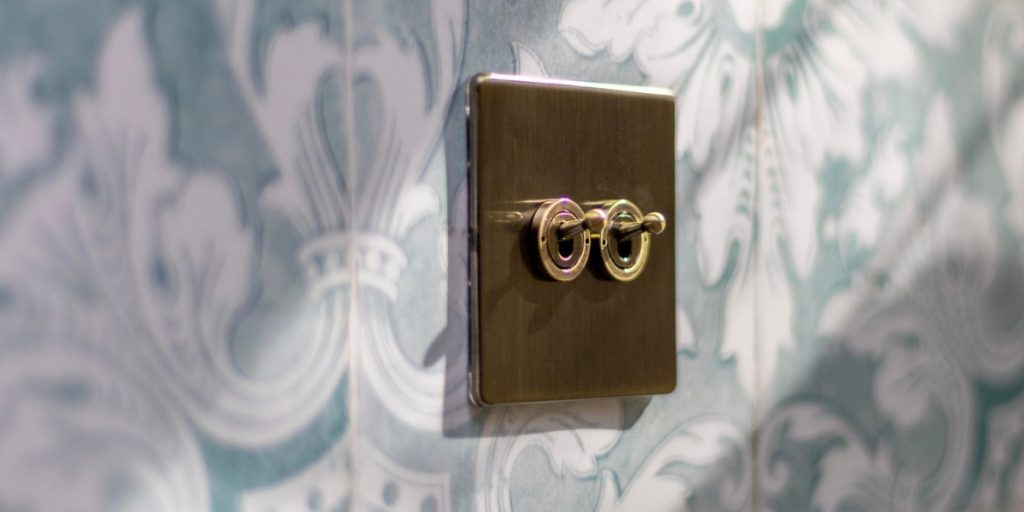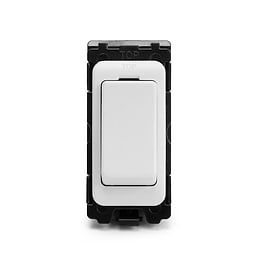What is a Momentary Switch
What is a Momentary Switch

A momentary switch is a type of electrical switch that only stays in its "on" or active state while being pressed or activated. Once the user releases it, the switch returns to its original state, usually "off." These are usually in the form of retractive switches or push buttons. (If you would like to learn more about retractive switches, you can read our blog 'What Are Retractive Switches?'.
Momentary switches are common in many everyday devices. You likely encounter them frequently without even realizing it. Think of the buttons on a keyboard, a car horn, or a doorbell. Each of these activates a function only while you're pressing them, then stops as soon as you let go.
There are two main types of momentary switches:
Normally Open (NO) – The circuit is open (off) until the switch is pressed, completing the circuit, and allowing current to flow.
Normally Closed (NC) – The circuit is closed (on) by default, and pressing the switch breaks the circuit, stopping the current.
Momentary switches are ideal for tasks where brief activation is needed, providing simple, on-demand control. Whether it's for machines, tools, or simple gadgets, their functionality is versatile. This makes them indispensable in both consumer electronics and industrial equipment.
Here’s a list of common uses for momentary switches residential or commercial settings.
- Doorbells – Activates a chime while the button is pressed.
- Elevator Buttons – Calling a lift when the button is pressed.
- Intercom Systems or Tannoys - Momentary switches are used to activate the speaker or microphone.
- Security Entry Systems – These are typically used in situations where the door must be kept shut at all times, and entry requires a button press to unlock the door.
These are just a few examples, but momentary switches are widely used across a variety of industries and devices for brief and controlled interactions.
[related_products is_auto_added="1"]









